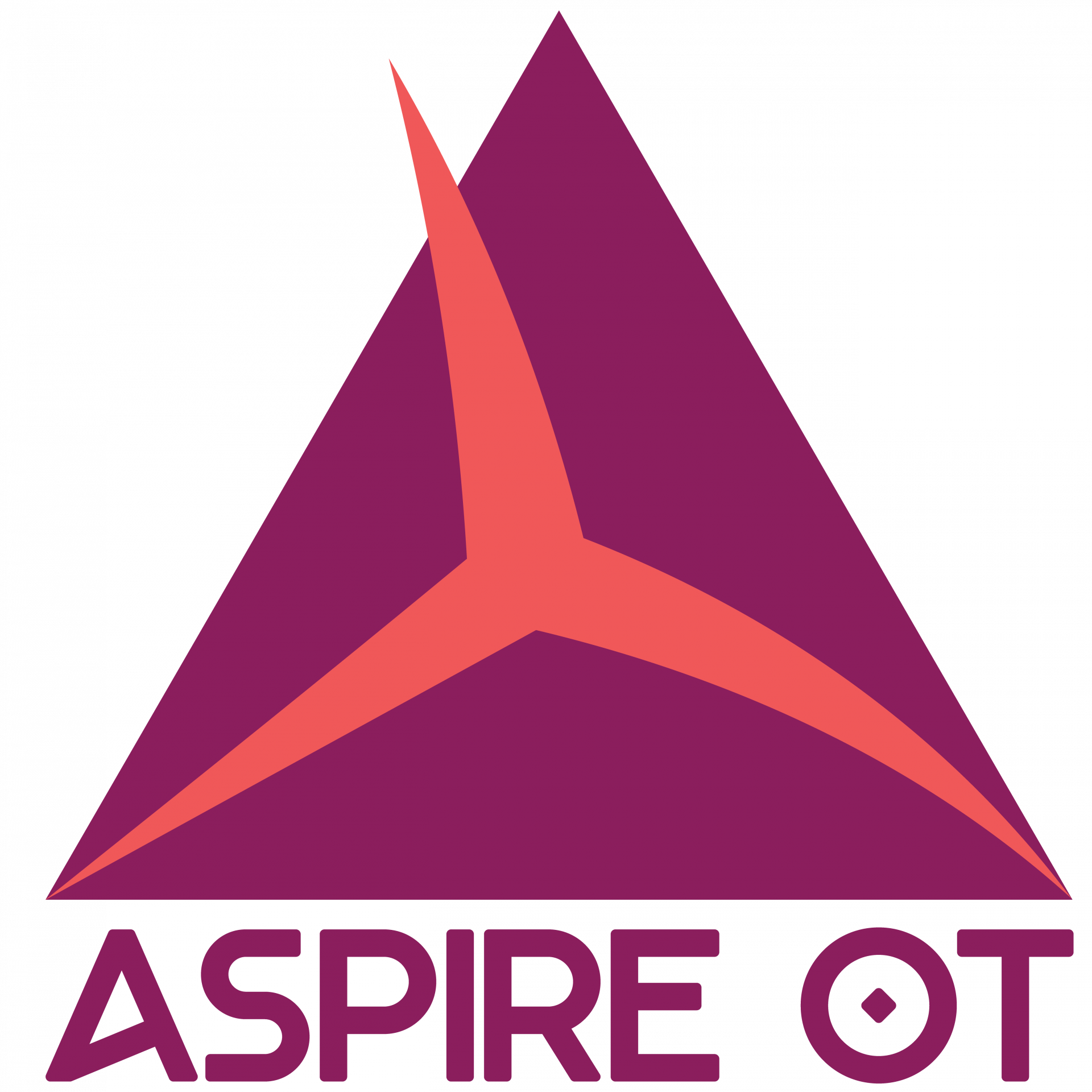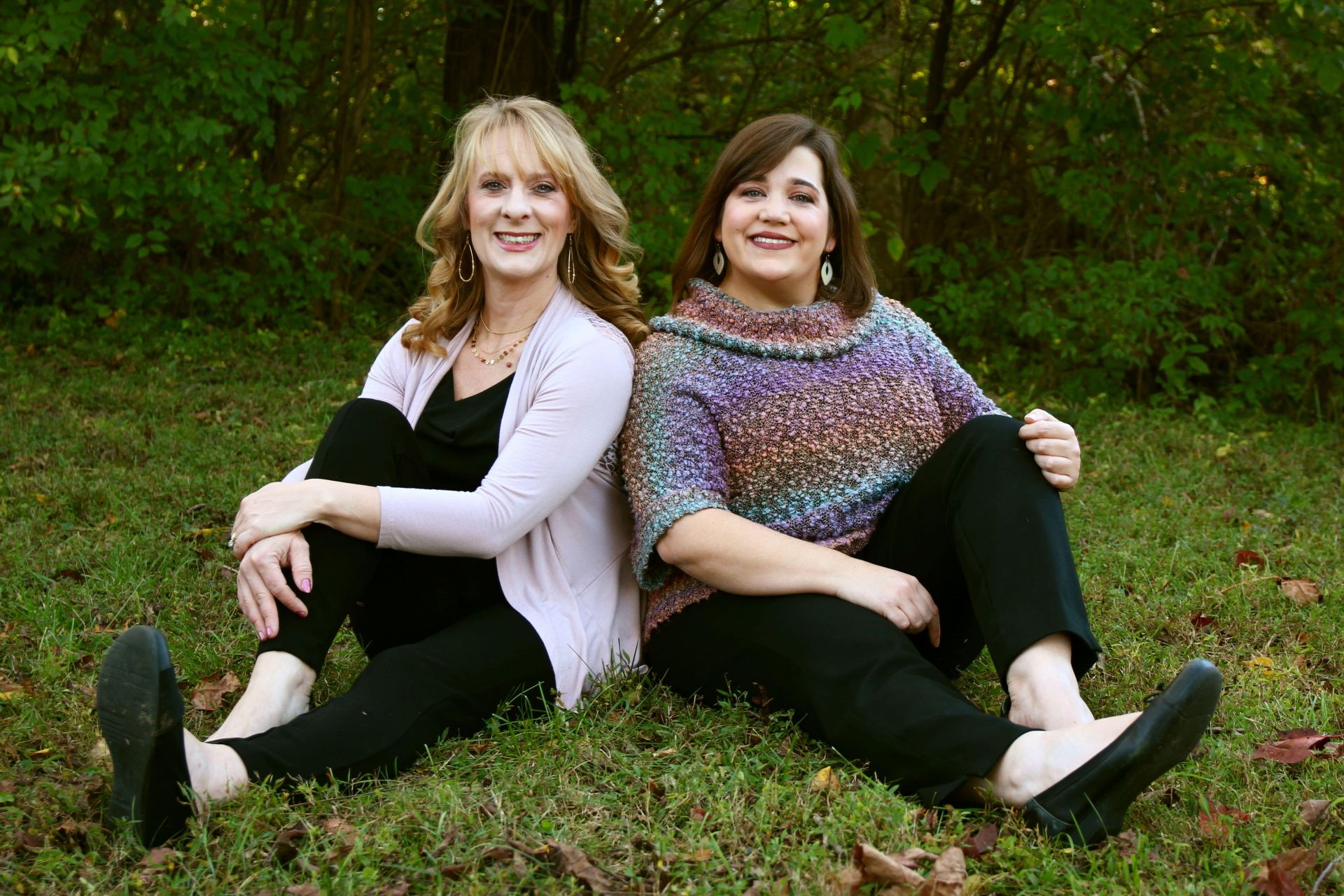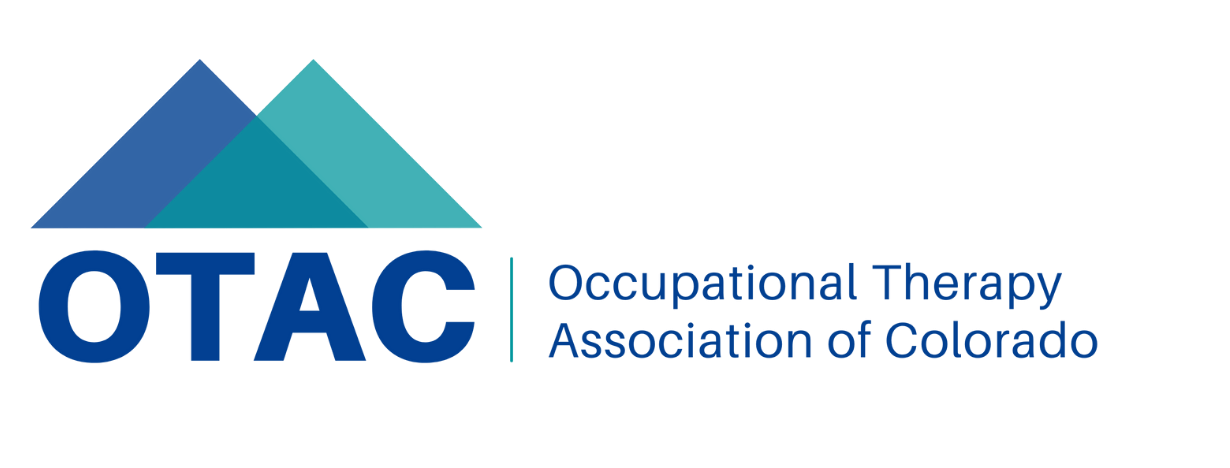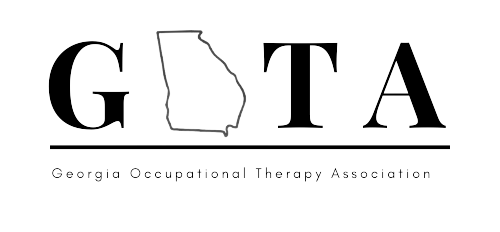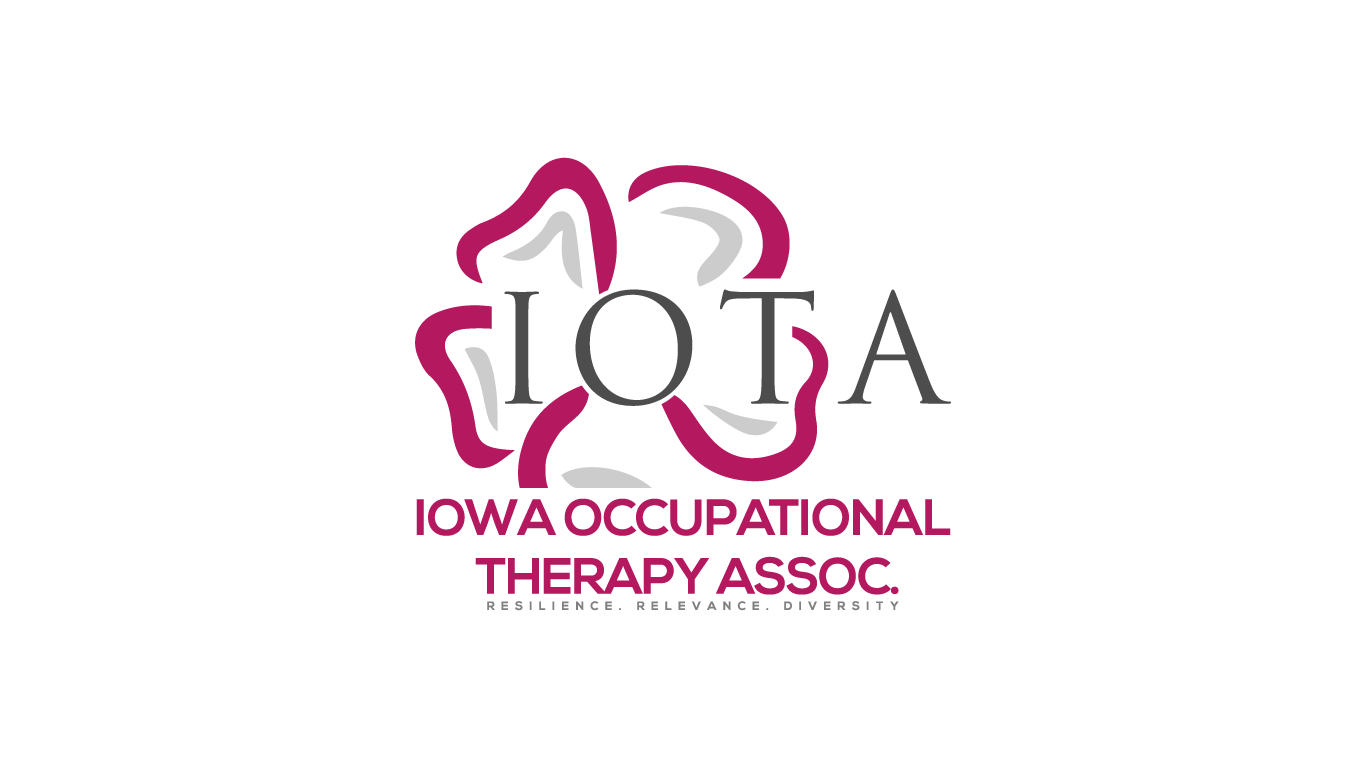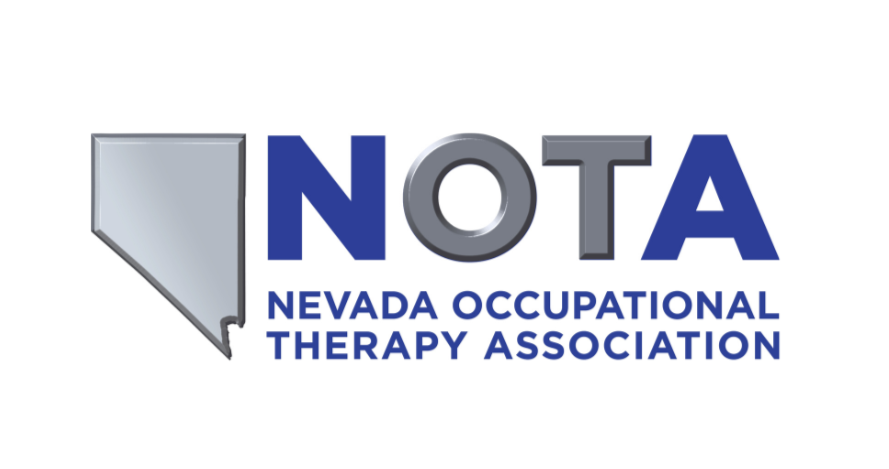Occupational Therapy Continuing Education
For OT Practitioners
By OT Practitioners
Empowering OT Practitioners
Because we are BETTER TOGETHER!
Live Continuing Education Courses
Built by occupational therapy practitioners for occupational therapy practitioners.
\Learnworlds\Codeneurons\Pages\ZoneRenderers\CourseCards
Looking for On-demand/ Self-paced CEUs?
View more than 70 self-paced courses that will provide you with practical strategies you can take straight to your OT practice.
What People Are Saying
Aspire OT is an AOTA Approved Provider
&
Approved Sponsor

Aspire OT reports
To CE Broker
Aspire OT reports directly to CE Broker for those states that require it: Alabama, Arizona, Florida, Georgia, Louisiana, Mississippi, Michigan, Oklahoma, South Carolina and Tennessee.
- Individuals must complete the required steps to set up their Aspire OT account. You can view those steps here.
- Course completions are reported within 48 hours.
- Refer to our FAQ for more information.
Our State Partners
Keep in Touch
Sign up to receive news and updates about our courses!
Thank you!
